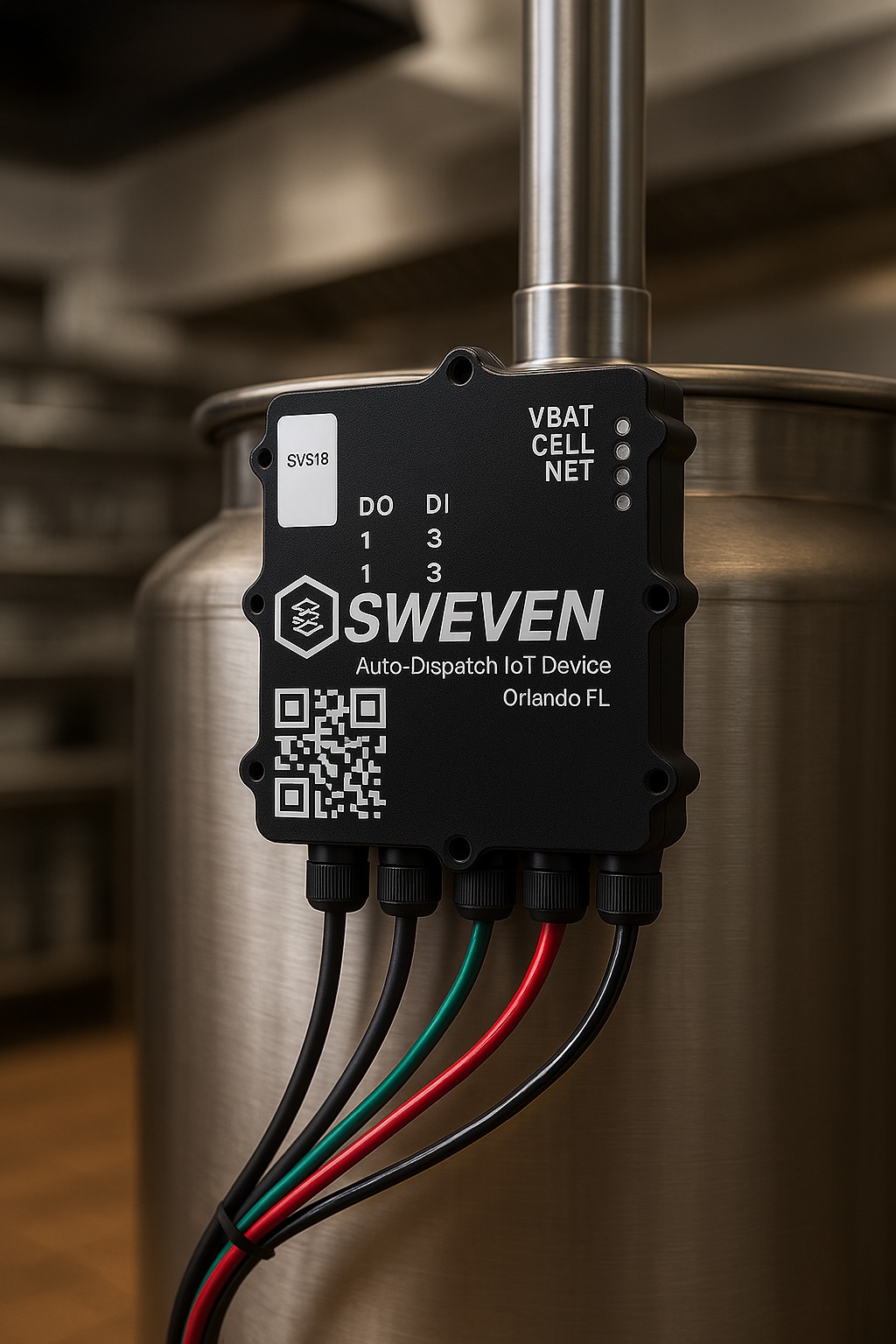«A good reputation is more valuable than money».– Publilius Syrus
In our opinion, the most important thing after delivering a well-performed task is definitely the billing stage, as losing sight of this process is something that might happen if we get too focused on just the work.
It is, however, a complicated process, since, at times there is no reliable way to keep everything in mind and under control, with all the changes happening in the field or the office for each task, affecting the initial estimates set for a task or project.
The use of spreadsheets and specialized accounting software can be a great addition to bring a sense of organization, but it needs to be filled with up-to-the-minute information that is not always attainable in a timely fashion.
For instance, invoicing from the vendors might come after the set period for payments or we don’t know how to itemize labor, material, and travel when requested by a client, resulting in a delay in payment.
How does Sweven help you keep an efficient budgeting and billing process?
Registering specific costs for each part of the task.
Each individual Sweven work order can be itemized separately by Labor, Material, Travel, and Products.

You can set the cost and billing per unit manually, or you can set a markup percentage in case you want to calculate the exact amount to bill. This markup is applied to each item individually and to the Grand Total in the general summary, giving you an accurate amount and a preview of the total profit to be obtained from this task.


Keeping control of your external costs by setting a fixed NTE for Vendors
If you have a set budget for a task and this task is to be performed by a vendor, you can indicate the NTE value for the work order before dispatching.

Vendors will be shown this NTE before accepting the work order in their Vendor Portal, making sure all parties are in agreement to perform the task at this cost.

Now that we have the basics on registering costs, let’s focus on Billing. Sweven has a dedicated Billing module for Clients and Vendors that you can access by clicking on the hamburger menu and scrolling to «Billing».

Client Billing
Client billing is presented in a pipeline view, to display and monitor the status of each invoice.

When registering an invoice, you can associate it with a work order in order to keep control of what task is being billed.

You can also associate an invoice with multiple work orders, in case a Client wants to cover a lump sum for multiple tasks or to cover a full Project.
Finally, when you’re ready to send this invoice, you do so directly from Sweven including any optional evidence and attachments.

Your Client receives a notification email with the invoicing details and attachments.

Vendor invoices
The process to pay your vendors is very similar, with the main difference that, when creating a registry, it can be marked as «Received», since it’s coming from an external source.

These are some of the ways you can improve your budgeting and billing. You can also define the set amounts in Contracts, Budgets and Rates.
How will this improve your current billing and payment process? Let us know in the comments!







